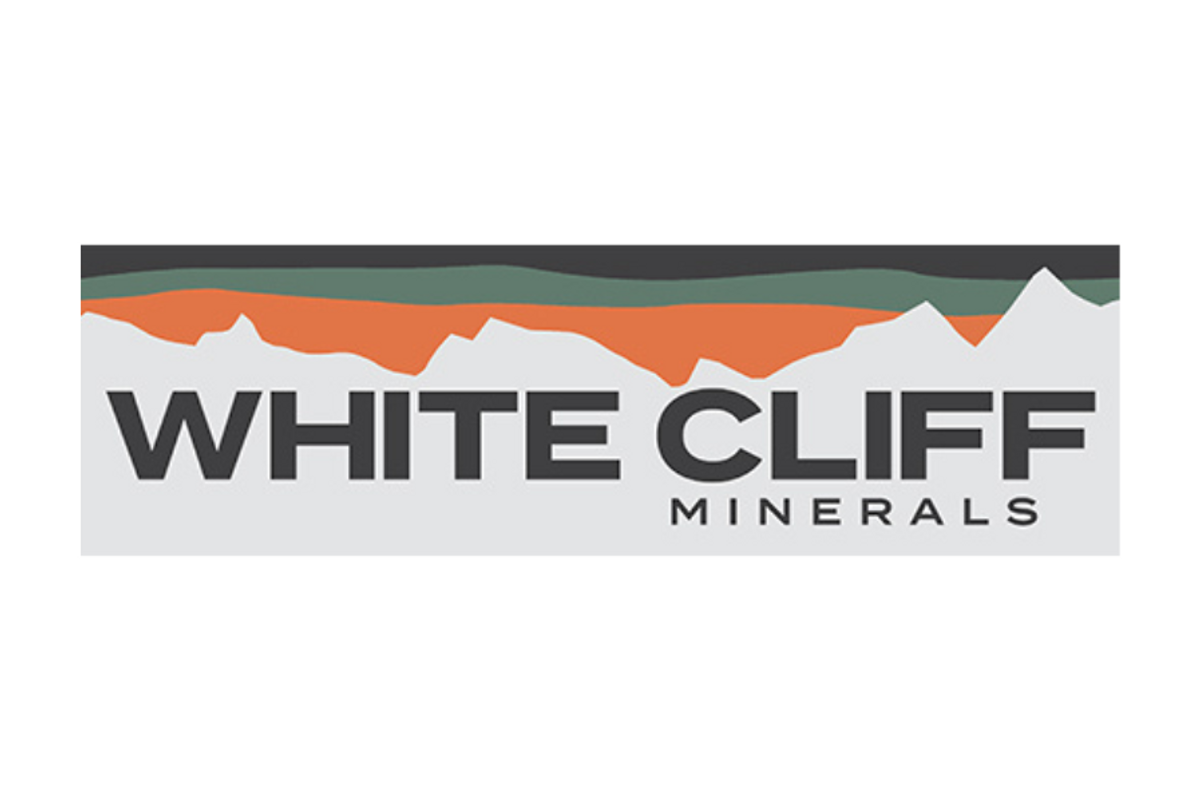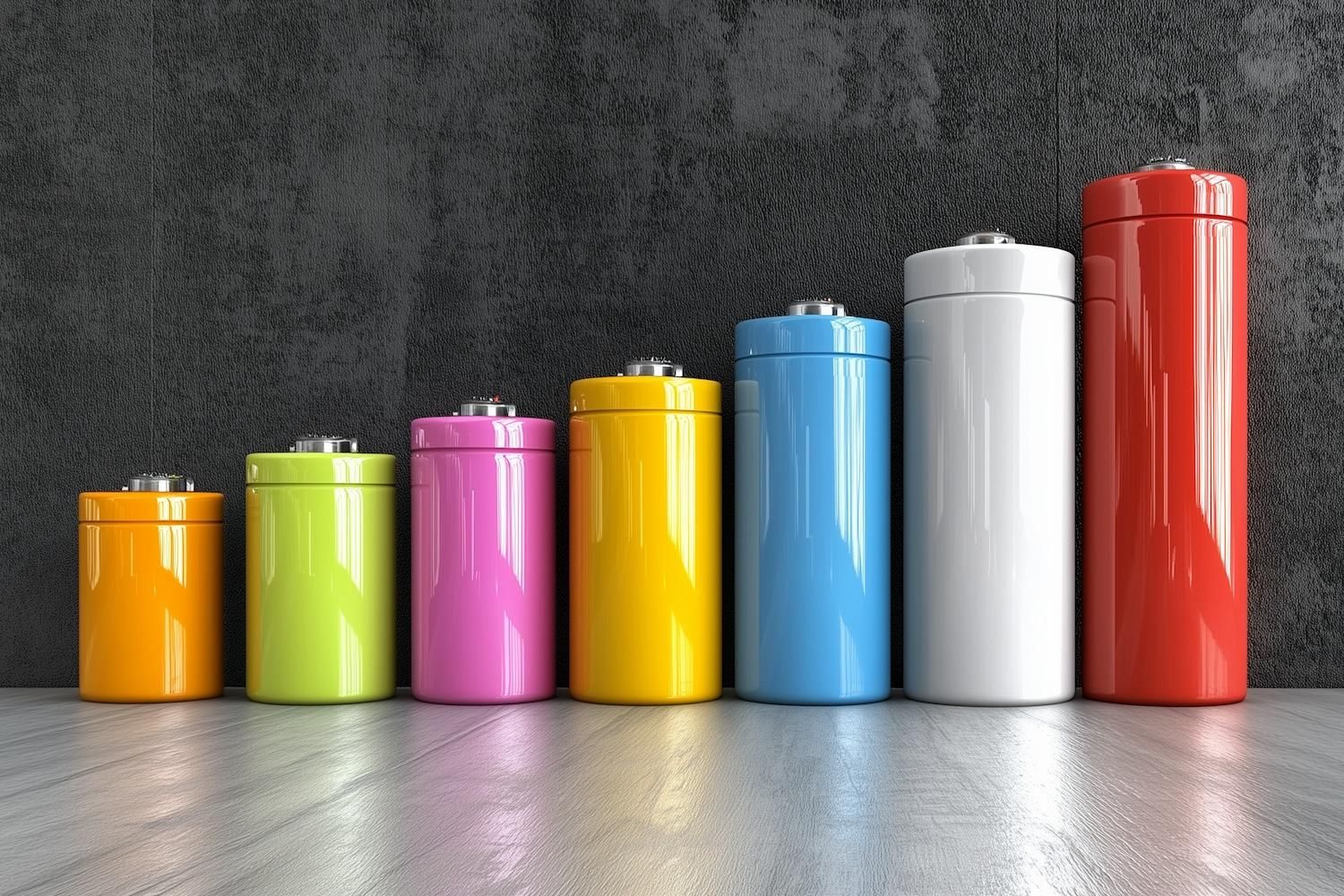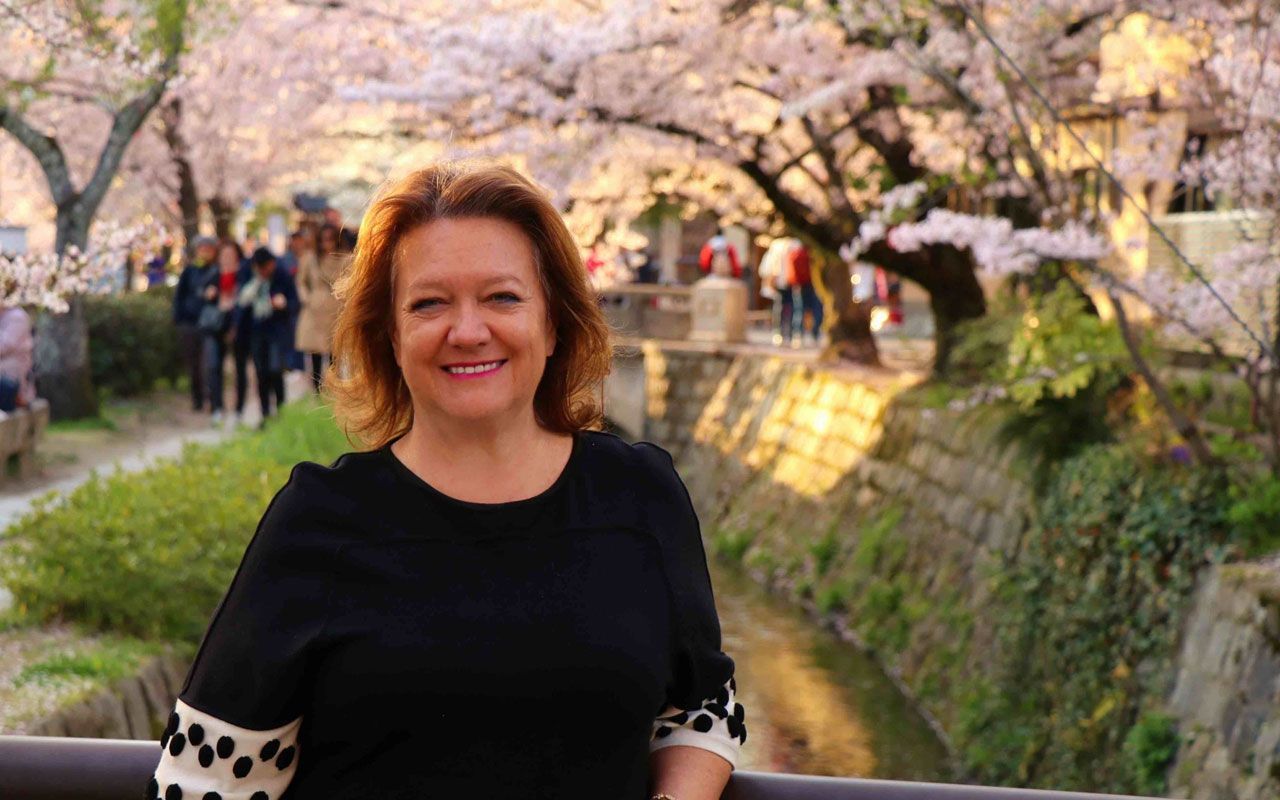
January 29, 2024
White Cliff Minerals Limited (White Cliff or the Company) is pleased to present its Quarterly Activities and Cash Flow Report.
HIGHLIGHTS
- Secured 61 highly prospective mineral claims covering an area of 805km2 within the province of Nunavut, Canada. The license area includes multiple historic high grade copper projects in the Coppermine River area (“Coppermine Project”).
- The Coppermine Project area is host to numerous extraordinarily high-grade copper lodes located along the same structural trend, primarily consisting of chalcocite, bornite, chalcopyrite and native copper.
- Previous exploration has validated dozens of highly prospective occurrences of copper and silver mineralisation; some high-grade copper rock chip results (See Table 2) include:
- 30.24% Cu, 34g/t Ag at Halo Prospect
- 30.25% Cu, 43g/t Ag at Halo Prospect
- 35.54% Cu, 17g/t Ag at Cu-Tar Prospect
- >40% Cu, 115g/t Ag at Don Prospect (above Cu detection range)
- >40% Cu, 107g/t Ag at Don Prospect (above Cu detection range)
- Post the December quarter, the Company secured the Radium Point, Iron Oxide Copper Gold Uranium project (“Radium Point Project”). The Radium Point Project area has been identified by the Northwest Territories (“NWT”) Geoscience Office to have the highest potential for IOCG-Uranium style mineralisation in Canada.*
- Historical production (pre-1982) from within the Project area includes:
- 13,700,000lbs Uranium oxide (“U3O8”),
- 34,200,000oz refined silver and
- 11,377,040 lbs of copper with gold credits.
- 104,000kg lead, 127,000kg Nickel & 227,000kg Cobalt
- The acquisitions are part of an ongoing review of the entire portfolio of projects with a focus now on large scale projects with compelling metrics in stable and transparent jurisdictions.
- Cash and cash equivalents of $2.96 million as of the end of December 2023.
- Post quarter-end, non-executive director Dan Smith and certain KMPs of the Company exercised 42.5 million options at $0.015 per share raising $637,500.
*Geotectonic Interpretation of the Echo Bay Stratovolcano Complex, Northern Great Bear Magmatic Zone, A.H. Mumin, A. Phillips, C.J. Katsuragi, A. Mumin, and G. Ivanov., 2014,
OPERATIONS
Radium Point Project
Post the December quarter, the Company announced the acquisition of the Radium Point IOCGU Project (ASX announcement 15 January 2024).
The Radium Point Project covers more than 3300km2 in the Echo Bay district of the northern Great Bear magmatic zone (GBMZ) comprises extensive, hydrothermally altered and mineralised, Proterozoic continental andesites and volcano-plutonic complexes. Radium Point, specifically the Eldorado/Echo Bay Mine is recognised as a significant source of uranium and other metals during World War II and is recorded as being one of Canada's largest uranium mining districts at the time as well as being the first ever recorded mine to open within the North West Territories.
The Radium Point project has seen several phases of production over several decades. The most notable was uranium production between the 1930’s to the 1970’s.
Total Historical production (pre-1982) from the project area is recorded as follows;
- 13,700,000lbs Uranium oxide (“U3O8”),
- 34,200,000oz of refined silver and
- 11,377,040 lbs of copper with gold credits.
- 104,000kg lead, 127,000kg Nickel & 227,000kg Cobalt
- Using current prices this conservatively represents more than US$2bn worth of metal production on the licence area.
This production was focussed around three large scale production centres at Radium Point:
The Eldorado Mine
The Eldorado mine saw active production between 1933-1940, 1942-1960 &1975-1982. Total mine production was 1,366,602 tons milled for 13,402,000 lbs U3O8, 450g Ra, 13,371,382 oz Ag, 2,389 tons Cu, 140 tons Ni, 250 tons Co, 8 tons Pb. The mine is located in the Echo Bay area of Great Bear Lake, on Port Radium. Eldorado is credited as being the first mine in the Northwest Territories.
Echo Bay Mine
Years of primary development: 1934-1936, 1964-1974 with mine production occurring between 1964-1974 total mine production recorded at 363,140 tons milled 23,564,461 oz Ag & 4,505 tons Cu at a head grade of 65oz Ag/t. The Echo Bay Mine is located near Port Radium on Great Bear Lake. It is 440 kilometres northwest of Yellowknife, NWT. The mine is adjacent to the famous Eldorado Mine.
The Contact Lake Mine
Years of primary mining: 1932-1939, 1947-1949, 1969, 1979-1980 with total production recorded as 16,995 tons milled for 678,000 oz Ag & 6,933 lbs U3O8. A 25-ton per day mill was shipped to Contact Lake with the purpose of recovering a silver concentrate.
Click here for the full ASX Release
This article includes content from White Cliff Minerals Limited, licensed for the purpose of publishing on Investing News Australia. This article does not constitute financial product advice. It is your responsibility to perform proper due diligence before acting upon any information provided here. Please refer to our full disclaimer here.
The Conversation (0)
27 November
Battery Storage Market Surging as Electricity Demand Enters New Era
Speaking at Benchmark Week, Iola Hughes, head of battery research at Benchmark Mineral Intelligence, outlined a market that is undergoing “very strong growth" and becoming indispensable to energy security.Hughes described energy storage as the fastest-growing segment in the battery sector today.... Keep Reading...
27 November
Inside Billionaire Gina Rinehart's Key Mining Investments
Australian billionaire Gina Rinehart has become a formidable force in the global mining industry. After taking the helm of her father’s iron ore firm Hancock Prospecting in 1993, she embarked upon a diversification strategy that has vastly expanded her resource empire. Now Australia’s richest... Keep Reading...
26 November
Long State Funding Update
Atlantic Lithium (A11:AU) has announced Long State Funding UpdateDownload the PDF here. Keep Reading...
24 November
CATL Reportedly Plans to Restart Key Chinese Lithium Mine by December
Contemporary Amperex Technology (SZSE:300750,OTC Pink:CTATF) is preparing to restart its Jianxiawo lithium mine in Jiangxi province as soon as early December, sources familiar with the matter told Bloomberg.The sources, who declined to be named, said the company, better known as CATL, has asked... Keep Reading...
24 November
Liontown Resources’ Spodumene Auction Attracts Nine Countries
Liontown Resources (ASX:LTR,OTC Pink:LINRF) held its first digital spot sales auction for 10,000 wet metric tonnes of spodumene concentrate from its Kathleen Valley lithium operation in Western Australia.The auction, which attracted over 50 buyers from nine countries, was conducted on Metalshub,... Keep Reading...
21 November
Top 5 Canadian Mining Stocks This Week: Sigma Lithium Flips the Switch with 64 Percent Gain
Welcome to the Investing News Network's weekly look at the best-performing Canadian mining stocks on the TSX, TSXV and CSE, starting with a round-up of Canadian and US news impacting the resource sector.Statistics Canada released October consumer price index (CPI) data on Monday (November 17).... Keep Reading...
Latest News
Latest Press Releases
Related News
TOP STOCKS
American Battery4.030.24
Aion Therapeutic0.10-0.01
Cybin Corp2.140.00





